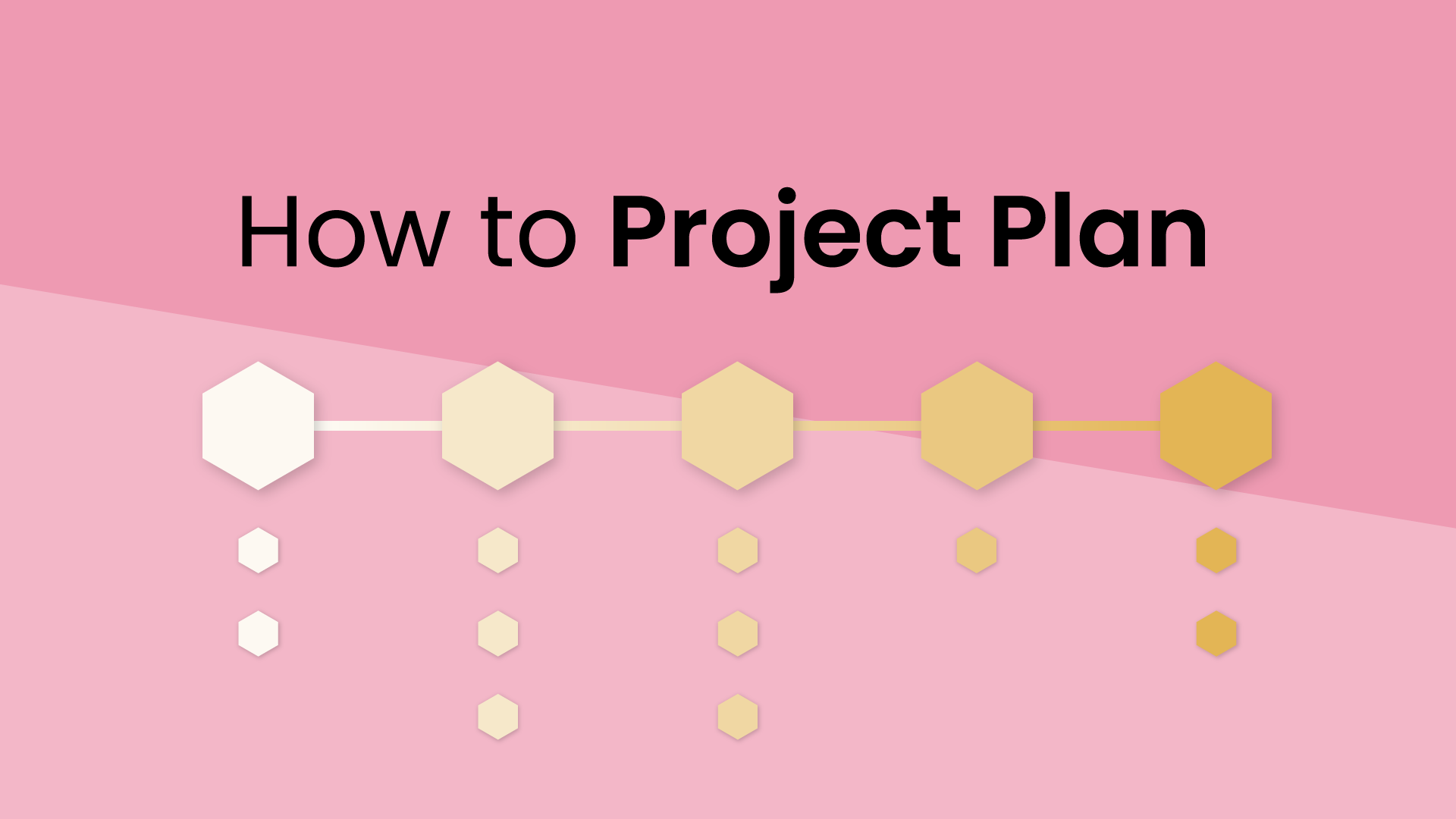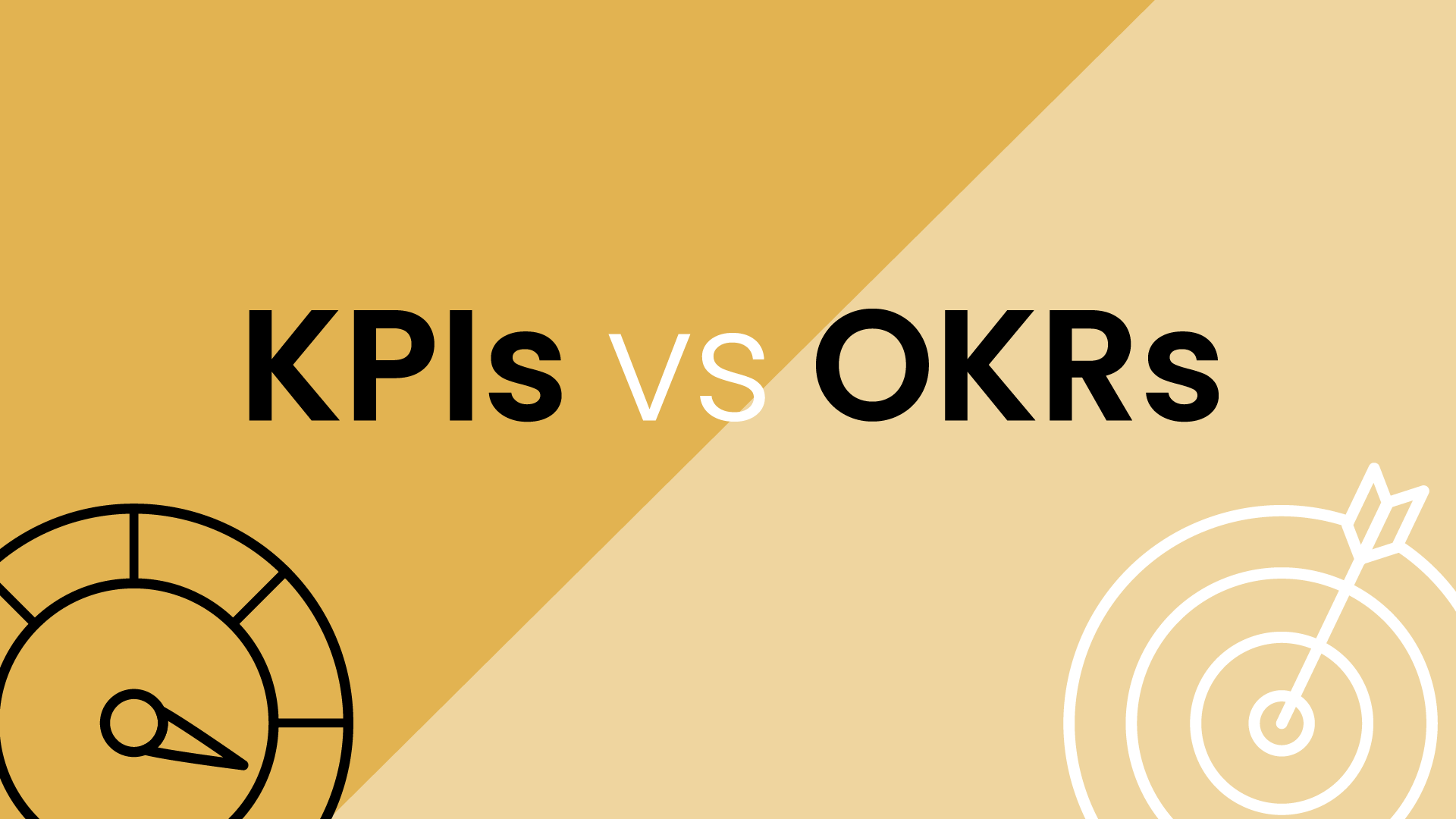What are team meetings?
A team meeting is a collaboration session between team members to discuss projects, share updates, make decisions, and solve problems. These meetings are typically planned in advance with a defined purpose and agenda, and involve active participation from all team members.
Think of it as a dedicated time for your team to connect, share information, and move projects forward. Team meetings can be held in various formats and cadences, from a weekly team meeting to a traditional in-person gathering or virtual conferences and even quick, standing updates.
Examples of team meetings
- Daily Stand-Ups: Quick, daily meetings to discuss progress and plans for the day.
- Weekly Status Meetings: Weekly team meetings are usually with the entire team, typically held at the beginning or end of each week to review progress updates, discuss priorities, and address challenges.
- Project Kickoff Meetings: When starting a new project, a team leader often holds kickoff meetings to align on goals, objectives, roles, and responsibilities.
- Brainstorming Sessions: Brainstorming meetings are held to generate creative ideas, solve problems, or explore new opportunities.
- Decision-Making Meetings: When important decisions need to be made, teams may hold dedicated meetings to discuss options, weigh pros and cons, and reach a consensus.
- Monthly Strategy Sessions: Longer meetings focused on high-level planning and goal-setting.
- Quarterly Reviews: A comprehensive recurring meeting regarding team performance and project milestones.
- Cross-Functional Collaboration Meetings: In organizations with many departments or teams, cross-functional meetings bring together representatives from different areas to collaborate on shared initiatives, coordinate efforts, and align priorities.
- Retrospective or Post-Mortem Meetings: After completing a project or milestone, teams may hold retrospective meetings to reflect on what went well, what could have been improved, and lessons learned for future projects.
How do team meetings work?
Team meetings typically follow a similar structure:
- Agenda setting: Defining the meeting's purpose, topics, and expected outcomes beforehand keeps everyone on the same page.
- Introductions (if necessary): Briefly introducing participants, especially if there is a new team member, helps build rapport and familiarity.
- Presentations (optional): Sharing relevant information, updates, or proposals through presentations can inform discussions.
- Discussions: The heart of the meeting, where team members actively engage in brainstorming, problem-solving, and decision-making.
- Action item assignment: Clearly defining who owns what tasks and setting deadlines ensures accountability and progress.
- Follow-up: Sharing meeting notes and action items after the meeting keeps everyone aligned and promotes follow-through.
Benefits of team meetings
A successful team meeting can offer numerous benefits to organizations and teams:
- Improved communication & collaboration: Dedicated time for discussion supports clear communication, shared understanding, and collaborative problem-solving.
- Shared understanding of goals & priorities: A productive meeting keeps everyone aligned with project objectives and team priorities, leading to more focused efforts.
- Enhanced decision-making & problem-solving: Brainstorming and collective discussions can lead to better-informed decisions and innovative solutions.
- Increased team morale & engagement: Active participation and open communication contribute to a positive team environment and boost morale.
- Opportunity for building relationships & trust: Regular interactions help build trust, rapport, and a stronger team dynamic.
Best practices for team meetings
Successful team meetings are necessary for high-value collaboration, communication, and productivity. Here are some best practices to keep your team meetings productive and meaningful:
1. Set clear objectives
Define the purpose and goals of the meeting. Make sure everyone understands what needs to be accomplished by the end of the meeting.
2. Create an agenda
Share the team meeting agenda in advance with all participants. This helps everyone prepare and stay focused during the meeting. Stick to the agenda so topics are covered efficiently.
3. Be brief & concise
To respect everyone's time, keep the meeting concise. Avoid unnecessary discussions or tangents. If a topic requires more time, schedule a separate meeting to address it.
4. Encourage participation
Create an environment where all meeting participants feel comfortable sharing their thoughts and ideas. Encourage active participation from all team members.
5. Use technology wisely
Leverage technology for virtual meetings, but make sure everyone has access to the necessary tools and understands how to use them. Test the technology in advance to avoid technical issues during the meeting.
6. Start & end on time
Be mindful of the meeting time. Begin the meeting promptly, regardless of whether everyone is present, to respect attendees' time. End the meeting on time to show that you value their schedules.
7. Encourage open communication
Encourage a culture of open communication where team members feel heard and comfortable expressing their opinions and concerns. Listen actively and respectfully to everyone's contributions.
8. Evaluate & improve
Regularly solicit feedback from team members to identify areas for improvement in your meetings. Adjust your approach based on feedback to make future meetings more effective.
Challenges with team meetings
While team meetings offer significant benefits, they can also face challenges that hinder their effectiveness. Here are some common issues to be aware of:
- Time management: It's not uncommon to face scheduling conflicts and lengthy discussions that make it challenging to keep things concise and efficient.
- Lack of engagement: Low participation or disinterest from team members can hinder the effectiveness of meetings.
- Overwhelming frequency: Too many meetings can lead to burnout and diminish productivity if not carefully managed.
- Lack of follow-through: If action items are not clearly defined or followed up on, meeting outcomes may not be realized, reducing their effectiveness.
- Communication barriers: Different communication styles, language barriers, and cultural differences can inhibit effective communication during team meetings.
- Decision-making delays: Inefficient decision-making processes can delay progress and hinder productivity. Without clear roles and decision-making frameworks, discussions may become drawn out, and decisions may be postponed to the next meeting or avoided altogether.


















